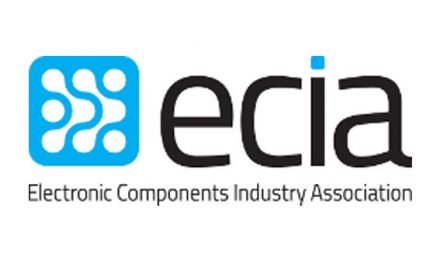Semiconductor Industry Announces Research and Funding Priorities to Sustain U.S. Leadership in Chip Technology
Decadal Plan calls for $3.4 billion annually in federal R&D funding to address seismic shifts in chip technology and pave way for emerging technologies like artificial intelligence, quantum computing, advanced wireless communications
WASHINGTON—The Semiconductor Industry Association (SIA) and the Semiconductor Research Corporation (SRC) today released a preview of their upcoming “Decadal Plan for Semiconductors,” a report outlining chip research and funding priorities over the next decade that will help strengthen U.S. semiconductor technology and spur growth in emerging technologies such as artificial intelligence, quantum computing, advanced wireless communications. The Decadal Plan, developed with contributions from a broad cross-section of leaders in academia, government, and industry, identifies five “seismic shifts” shaping the future of chip technology and calls for an annual $3.4 billion federal investment over the next decade to fund semiconductor R&D across these five areas.
[DOWNLOAD THE INTERIM REPORT | ONE-PAGER]
“Federal government and private sector investments in semiconductor R&D have propelled the rapid pace of innovation in the U.S. semiconductor industry, spurring tremendous growth throughout the U.S. and global economies,” said John Neuffer, SIA president and CEO. “As we enter a new era, however, a renewed focus on public-private research partnerships is necessary to address the seismic shifts facing chip technology. The federal government must invest ambitiously in semiconductor research to keep America on top in semiconductors and the game-changing future technologies they enable.”
The Decadal Plan’s proposed additional federal investment of $3.4 billion annually would strengthen the U.S. semiconductor industry’s global leadership position, add $161 billion to U.S. GDP, and create half a million U.S. jobs in the next 10 years, according to findings from an earlier SIA study. The Decadal Plan makes specific recommendations on how this increased funding should be allocated, identifying the following seismic shifts that require a renewed focus on semiconductor research:
- Smart Sensing: Fundamental breakthroughs in analog hardware are required to generate smarter world-machine interfaces that can sense, perceive and reason.
- Memory and Storage: The growth of memory demands will outstrip global silicon supply presenting opportunities for radically new memory and storage solutions.
- Communication: Always-available communication requires new research directions that address the imbalance of communication capacity vs. data generation rates.
- Security: Breakthroughs in hardware research are needed to address emerging security challenges in highly interconnected systems and Artificial Intelligence.
- Energy Efficiency: Ever rising energy demands for computing is creating new risks while new computing paradigms offer opportunities with dramatically improved energy efficiency.
“The future holds unlimited potential for semiconductor technology, with emerging applications such as artificial intelligence, quantum computing, and advanced wireless technologies promising incalculable societal benefit,” said Dr. Todd Younkin, SRC president and CEO. “The Decadal Plan provides a blueprint for how we can convert this potential into a reality. Working together, we can boost semiconductor technology to keep it strong, competitive, and at the tip of the spear of innovation.”
The full Decadal Plan is scheduled to be published in December 2020. SIA and SRC will host a virtual workshop coinciding with the release of the full report. Learn more and download the interim report at www.src.org/decadalplan.











